In Ask an Influencer, Business of Home explores the creator economy. This week, we spoke with Kathleen Martin, the content creator behind the design and DIY account Create A Colorful Life.
For nearly a decade, Kathleen Martin was firmly set in the role of teacher. As an art instructor for elementary and middle school students, she was confident in her ability to help others create beautiful things—so confident that she launched an Instagram account in October 2020 centered on demonstrating her do-it-yourself lifestyle, which she started in tandem with the purchase and renovation of her first house. The page gained traction rapidly, but her follower count hit a ceiling just as quickly. If she wanted to turn her social media success into a career, she realized, it was time to finally put herself in the student seat.
After hitting the design influencer conference circuit and building up her own team of mentors, Martin soon put her newfound skills to the test—and within a few short months, saw her follower count skyrocket by more than 10,000. Now, she’s entering the next phase of her online career, launching a podcast and reentering the conference circuit as a speaker rather than a student. Ahead, she shares why underselling yourself is a common creator pitfall, the editing tips that whipped her short-form videos into shape, and how she hopes exploring new mediums will free her from the grip of unpredictable platform algorithms.
What are your earliest memories of being drawn to design?
I have always loved design. There was family folklore [about me] at my grandma’s house—I was young, about 4 or 5—and I was watching TV while she was in the other room. They say by the time she came back, I had pushed a chair across the room to the other side. I was like, “I think this would be better over here.” I always thought about redesigning my bedroom growing up, and I was so excited when I went to college that I had a new space to design, and now ultimately, owning my own home. It’s always been something I’ve been passionate about.
When did you realize social media was an opportunity for you?
I realized that I wanted to be my own boss. I wanted to make my own schedule. And if there was any job in the world that I wanted to do, it would be sharing the design of my home. You would think if I love interior design, I could become an interior designer, but I realized upon a lot of reflection that once I do it for someone else, it adds logistics and stress. But I will always be designing my home; it’s what I think about all day every day. So if I can turn that into a career where I share this passion in my own space with others—that’s the dream.
On July 16, national sales training and business development expert Alison Mullins will help you build confidence and clarity in your sales process. Click here to learn more and remember, workshops are free for BOH Insiders
We want to hear your thoughts! Take BOH’s annual reader survey, an 8-minute questionnaire that helps us get to know you better and will allow us to tailor our storytelling to your business needs.
I did a lot of work toward that—started to build connections in the industry, go to conferences—and then one day realized, “I’m doing OK now. If I had more time to dedicate to this, who knows what I could achieve.” So it was just having the courage to say, “I’m going to put everything into this and see what I’m capable of.” It really took off once my husband and I bought our home. It’s a fixer-upper, and we knew there was so much that was going to go into it. And we were going to be doing the projects anyway. So it was just saying, “I’m going to start a new account. We’re going to share all these renovations that we’re doing ourselves and just see what happens.”
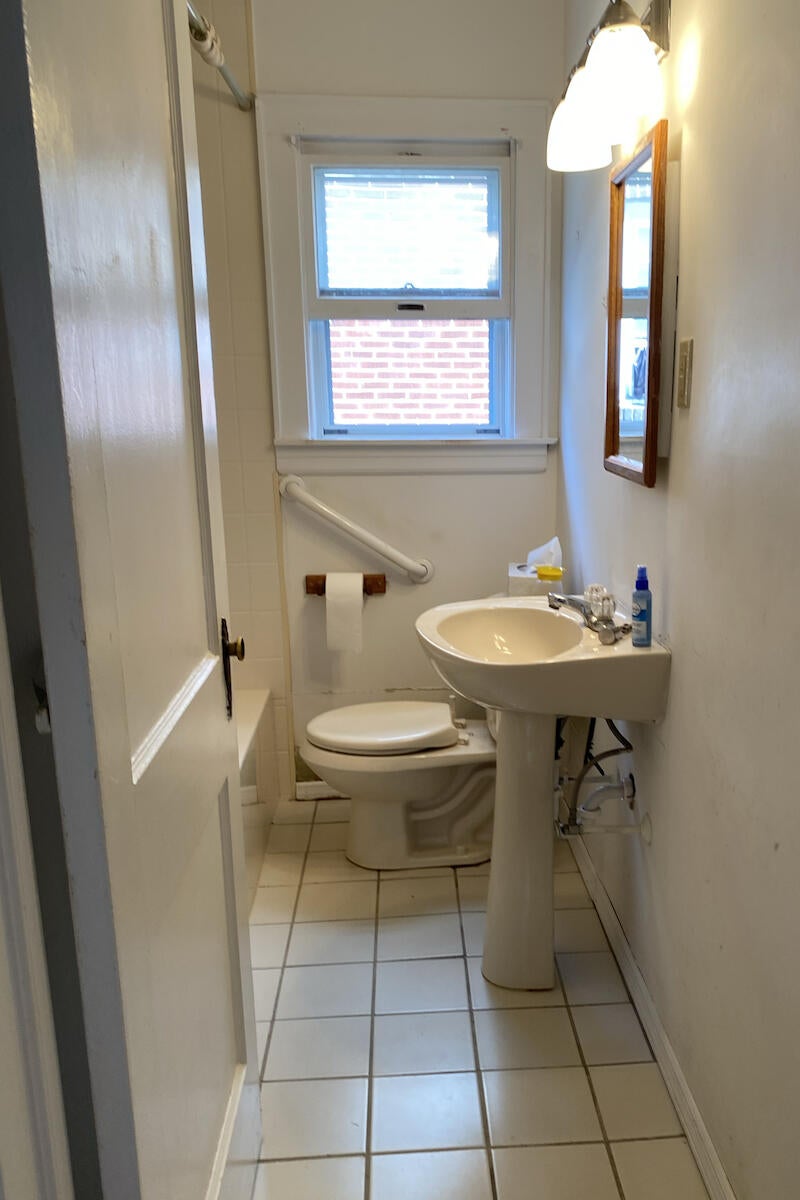
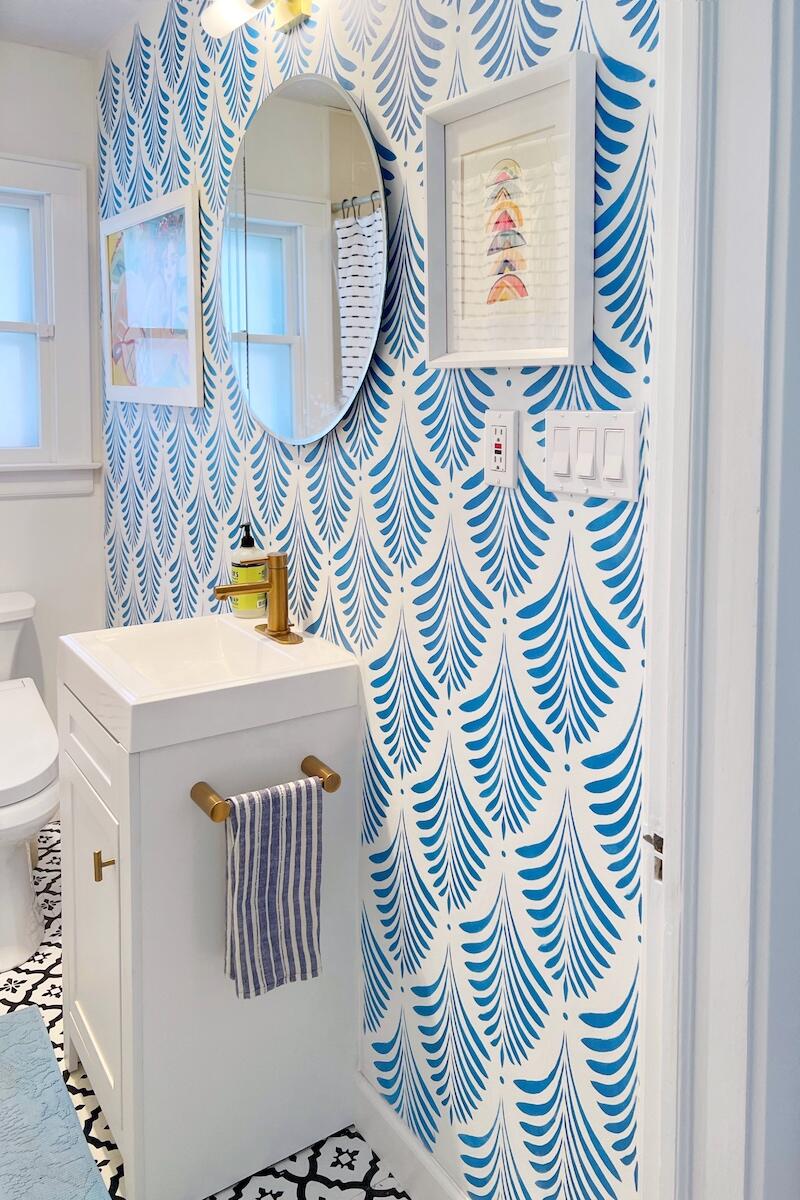
When did you start to approach social media with a strategy?
Instagram is a fickle and challenging thing. I worked very hard for the first year and a half, and I only got up to like 1,500 followers. Then I went to a few conferences and gained some strategies, and was able to get 11,000 followers in three months, which was just crazy. One Instagram Reel hit 3.5 million views, and that brought in 11,000 people at once.
The first conference I went to was The Meridian Experience [a four-day event for design creatives in Bellevue, Washington]. That changed my life. What allowed me to make the leap was that first step of being surrounded by 100 people who got it, who believed in it, and who were doing it. Because you can talk to people who are like, “This isn’t real, social media is not a career.” But [at the conference] I spoke with Emily Henderson and Shavonda Gardner, Dabito and David Quarles—people I look up to who are doing what I wanted to do. That was the first aha moment: I can do this. Then I went to the Haven Conference in Georgia. It’s a different structure, but I met 40 different creator friends, who are just very transparent, very giving in their knowledge, and able to be like my co-workers. We created a community of support, which was really, really important.
How do the strategies you picked up during that time inform what you’re posting today?
I hit my growth when I was extremely consistent. I went from posting sporadically to posting five times a week at the same time every day, and I did that for probably like three months. Then, I got married and went on my honeymoon and took time off, and the consistency has gone out the window. But that [period after the conferences was] when I absolutely had the most success, and that was something I learned at a conference from The Design Twins, Jodie and Julie, who had a meeting with Instagram on how to make the algorithm work for you. While that was a year ago and the algorithm is an ever-changing thing, that strategy really worked for me.
On the other hand, it feels like the rules are always changing—you could do the same thing now and not necessarily get those results. I have some other creative friends who are feeling really down. They are posting very consistently, and it’s not working. It’s hard, too, because the Reel that hit 3.5 million views for me was no different than anything else I’ve ever created. For some reason that just took off—it was about stenciling my bathroom, and it used an audio [clip] from Schitt’s Creek. I felt like the captions maybe were a little bit clever, and the audio was dry. But I showed that bathroom 100 times, you know, and for some reason that was the magic one. That’s the hardest part: In those three months when I gained all those followers, I was like, “I’ve hacked the system, I know exactly what to do, and I will do these things.” But I could replicate that formula and my Reels lately have only hit like 1,000 views. I’m like, “Huh, OK.”
What’s been the effect of having this newfound community of design creators?
Honestly, it makes all the difference in the world. When I started I was doing it for fun, and I didn’t have savings—I didn’t prepare in the traditional sense to leave my job. So now it’s like, “OK, I have to get paid. I have to pay the bills. I have to make this into a career.” But it’s still so new that there is no real standard of pay; every brand is different—and every brand will treat people even within the industry differently, almost to see what they can get away with. If you have no one to ask, “Hey, does this brand pay, and if so, how much did they pay?” Without that context, we are willing to undersell ourselves and do work for less, or do work for free, because you don’t know [better] unless you have somebody telling you. So [in having a community] you have people who have a lot of success in this and are making a lot of money, and you’re able to have that open conversation. It makes me do a better job because it gives me more confidence to approach brands and get paid.
Ashley Basnight of Smashing DIY is very transparent in the field. She’ll do breakdowns of her earnings and this How to Pitch a Brand class. It’s something that creators struggle with, I think: talent, skills and what you can offer, versus following and reach. It’s remembering that you’re offering a brand a service—you’re offering them a well-executed video or beautifully styled and edited photos. That would cost them a lot of money if they had to do it with a studio and hire a photographer. So it’s important to remember the value of your skills, and sometimes separate that from your follower count—just knowing what you’re able to offer and provide.
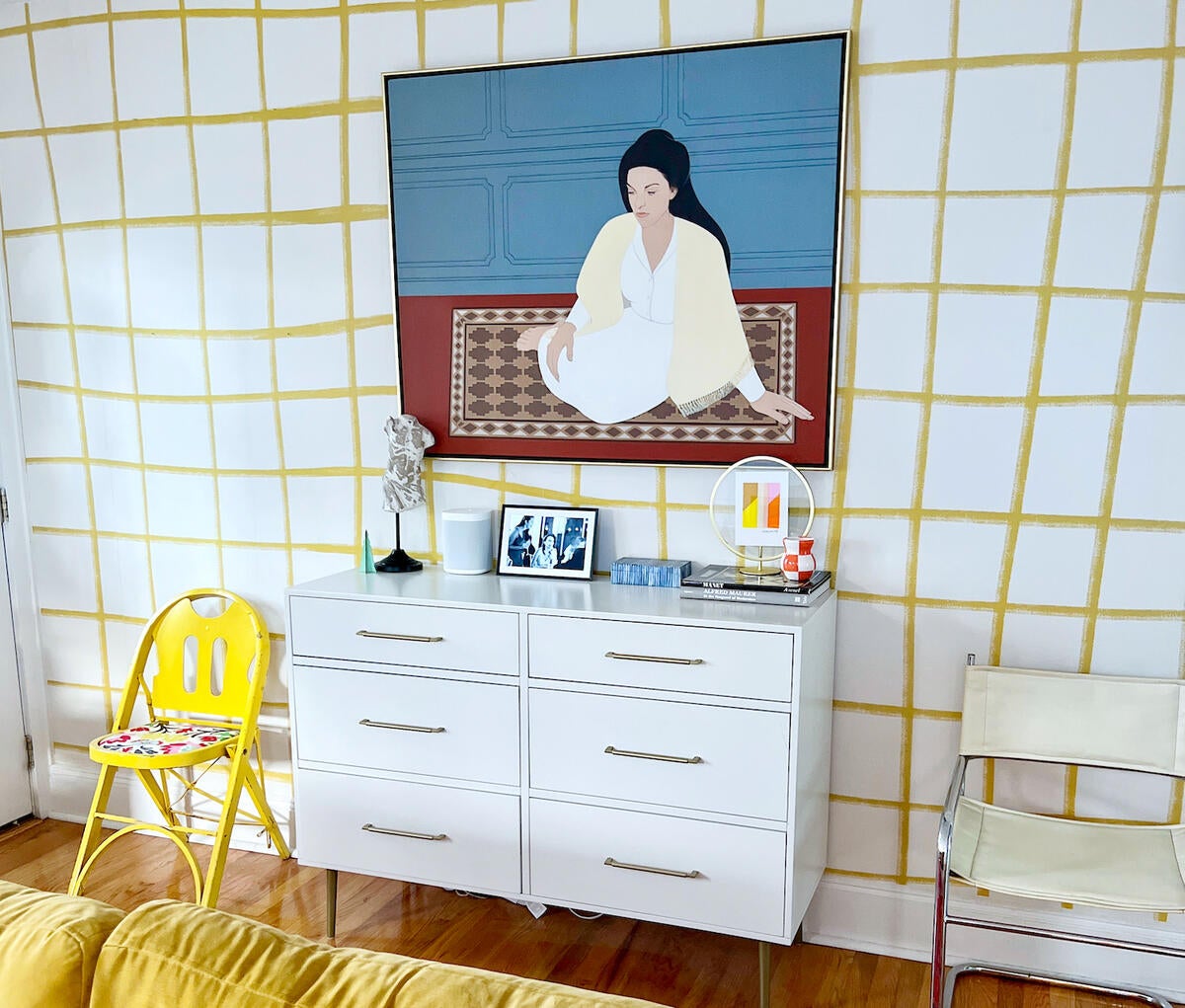
How do you work with brands?
That is picking up for me, which is exciting. I do sponsored content where the product will either be gifted or it will be paid. For paid content, you typically would get the product and get paid on top of it. There’s also UGC, or user generated content, where I would create a video and it never goes on my page, it goes right to [the brand] and they use it on their own channels. I set my rates to reflect the partnership because you can offer different things like usage rights or white listing. It’s important to know how they are going to be sharing it. Creators will also sometimes price based on how long that content will be used—for example, six months of usage.
How do those relationships begin?
Followers aren’t everything, but if you don’t have enough followers, it’s very hard to get a brand to take you seriously unless you’re just doing UGC, which doesn’t live on your page. Once I hit 10,000 followers, it was so much easier. People were reaching out to me and I was reaching out to brands, and there was possibility there. I found that once I passed that threshold, I did start getting emails from brands. It also gave me confidence to start reaching out to brands—but I really think that is just a mindset because I have a lot of friends who are so talented, but they’ve never done anything paid because [they haven’t gotten] over that fear of rejection, of sending the email and not hearing back. It’s part mental, just having the courage to put yourself out there.
When you decide what your rates are for different partnerships, how do those negotiations unfold?
Well, it’s terrifying because there’s not a lot of [transparency], but that’s where having a community comes in handy. We’ll share how much we’ve been paid by certain brands, and how much they’re willing to pay. A lot of times, [what they’re willing to pay] is not necessarily worth your time because a Reel could take all day to make. I think the best way to think about it for any creator is, “What is your time worth? What is the number where, if you’re gonna spend two, three, five, 10 hours, what feels worth it and feels good to you?”
Negotiating, though, is very hard for me. I am in talks with a dream brand, and I feel like I want to negotiate for slightly higher—but I’m also like, “I love you. Let’s please make this a lifelong partnership.” So it’s a very delicate balance of asking for what you’re worth but also being flexible. I’ve worked with Annie Selke, which is such a wonderful brand, and for them I will always overdeliver—they asked for one Reel and I gave two because I love this nightgown so much. I was like, it just needs its own Reel. And I would love to work with them long term. So if it’s a brand I love, I’ll always try to think about the long-term relationship, and the give and take, and I will never burn a bridge because they’re asking for too much. I’ll always try to find a way to make it work.
What does the process of producing content look like for you?
I have an iPhone 13 Pro Max, and I’ve got a terabyte of storage because, my gosh, I have thousands and thousands of videos. I think you might feel like you have to run out and get an expensive camera, but iPhones are so good now, especially if you use them with tripods and lighting. As for filming it, it depends on what I’m doing. I worked for Wayfair when they launched something called Wayfair On Air, which is an in-app shopping experience. So I actually filmed like 30- to 40-minute episodes with Wayfair, where I staged, filmed, lit, edited and delivered it to them. It does depend on the content I’m creating, but I learned a lot from Wayfair about the editing process and what they call quick cuts—like, if you’re doing a DIY Reel, the amount of time you actually need on one section is really short, so there’s no dead space. You don’t need to be on that frame any longer than the time it takes to quickly get all the information.
I try to bring my experience with editing and filming into my content creation, and be more professional when working with brands. I’m really trying to study other successful accounts, and even TV shows and commercials, because I think when you start out you just put the camera in one place, and you do some time lapse. But now I’m really starting to think of more camera angles and close-ups and pans, just becoming a little bit more advanced in that technique so it looks more professional, like you would see in a standard commercial, while at the same time doing transitions, snaps and trending audio.
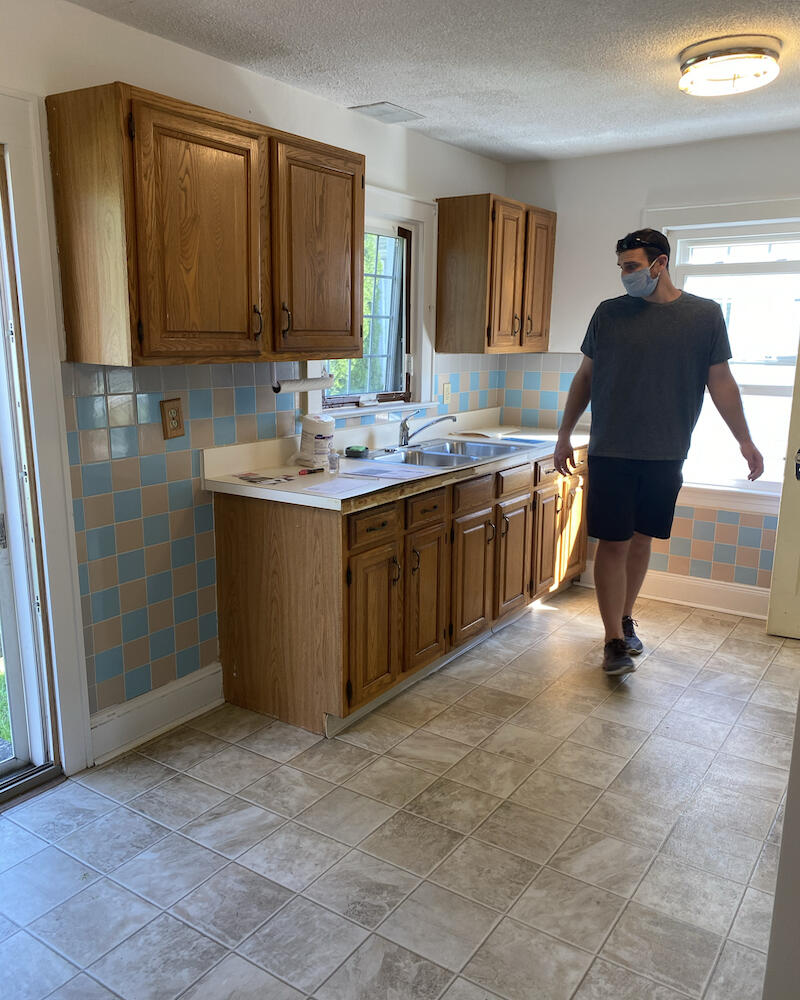
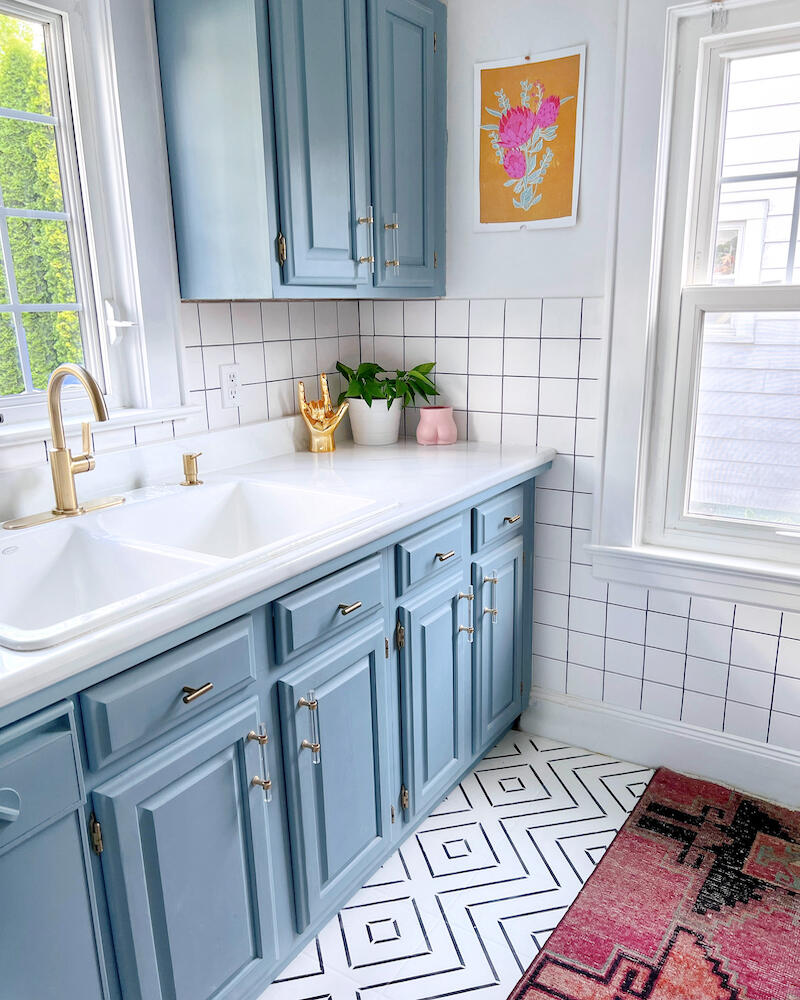
How much of yourself do you show on social media?
A lot. Probably too much. I’m always showing my husband, Brian, falling asleep on the couch. I’m not worried about being overly polished. I show up without a filter and without makeup, and with a pimple all the time, because that’s how I want people to show up. I don’t want to put down anybody’s preference, but I have noticed when I see users with a filter on, I almost assume that’s what they look like. I can’t tell they have a filter on. But then when I try it on myself, I’m like, “Oh, my God, this is like a really intense filter.” It feels insane on my face, but I just assume that’s their face. I always say I don’t want to be famous—like, I would never want to be recognized anywhere. But say I become “Instagram famous” or whatever—in this alternate world, I want to show up in no makeup and in pajamas so that if anybody saw me out in no makeup in pajamas, it wouldn’t be like, “Oh, my God.” It would be like, “That just looks like a normal person.”
What are you working on right now?
I have finally had the realization—and creators say this about Instagram all the time—that you don’t own it. You don’t own your followers. And I can’t control the algorithm. All I can do is make content that I think is valuable, that I enjoy making, and put it out there, but sometimes no one gets to see it. It’s really disheartening and makes you question yourself, saying, “Maybe my content was bad.” I realized that I don’t want to put everything into Instagram. That’s how my podcast, Kathleen Can Do It, started. It’s a comedy DIY podcast where we celebrate the fun and failures of doing it yourself, talking about all the funny fails, but also our triumphs and how we’re able to transform our homes at any budget.
My co-host, Kathleen Heaney, and I have these conversations that we are having anyway, and put a microphone in front of us. Just like when I share my home that I’m designing anyway—it’s fun, and it’s something we own. It goes out there to everybody who knows about it, as opposed to “I hope people hear it.” It feels really good to just have that control. And anyone can start a podcast—you don’t need to pay to host it.
How did that partnership come about?
Kathleen and I met on Instagram after my old apartment was featured on a local blog, and we lived in the same town. Then we turned our Instagram friendship into a real-life friendship. Kathleen got her start in radio—she was on the Elvis Duran morning show based in New York for many years—and now she’s a professional podcaster, and she has her own podcast with another co-host that she’s been doing full-time for six years. But our series is more lifestyle-focused and conversational. Kathleen is also into DIY and design, and that’s how she and I bonded. I convinced her to go to the Haven Conference last year—we went together, and we said, “Next year, we’re going to start a podcast about DIY.” There’s a whole number of them, but we’re going to make it really approachable and down to earth, and not make anyone feel bad when they can’t afford the fancy stuff, or if they don’t have a media room or, you know, a [home] movie theater.
Do you think of yourself as an influencer, a content creator or something else?
I think of myself as a content creator because I make content for brands to use and benefit from. I also think “influencing” has gotten a bad rap, and I think people really shy away from that [term]. I like to focus on the fact that I make content for myself and for brands.
Is it ever difficult to manage your audience?
It’s interesting because when I had 1,000 followers, I would get 500 Story views—that’s insane. Now that I’m all the way up to 13,000 followers, I still have that consistent 500 Story views. I feel like I’ve created a core group of people who have been here from the beginning. I’m still small enough that I answer every single DM—probably to a fault, like no boundaries, any time of day. But I’ve made friends with these people and I follow them back and I know about their kids. I’ve made genuine friendships on Instagram.
Homepage image: Kathleen Martin | Courtesy of Create A Colorful Life





























